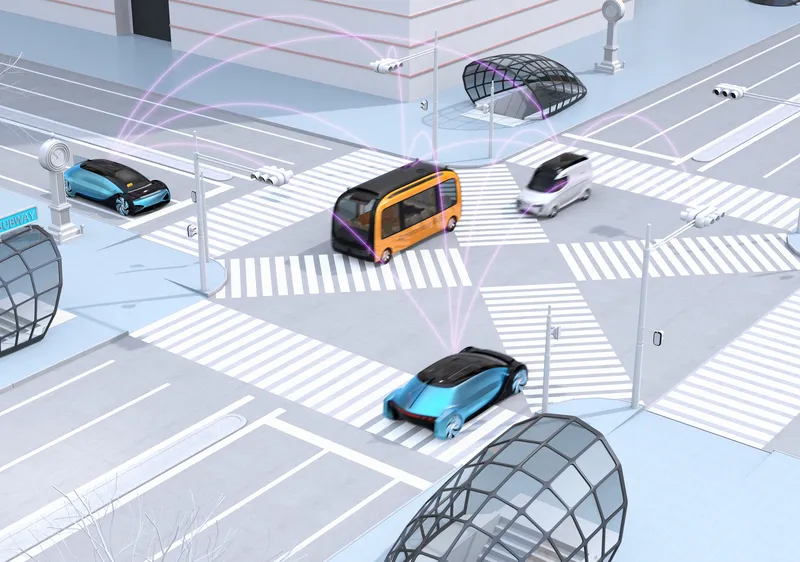San Diego, California and Jacksonville, Florida are to trial new GE Lighting technology designed to help them become more intelligent and efficient. The GE LED solution uses LED street lighting installations to connect, collect and analyse data being generated, harnessing the power of the industrial internet to help each city run better while providing new services and conveniences for residents and visitors.
In addition to piloting the intelligent-city enabling solution, Jacksonville will also pilot. Li
April 17, 2015
Read time: 2 mins
San Diego, California and Jacksonville, Florida are to trial new 940 GE Lighting technology designed to help them become more intelligent and efficient. The GE LED solution uses LED street lighting installations to connect, collect and analyse data being generated, harnessing the power of the industrial internet to help each city run better while providing new services and conveniences for residents and visitors.
In addition to piloting the intelligent-city enabling solution, Jacksonville will also pilot. LightGrid, a wireless controls technology, which will provide significant energy savings to the city. LightGrid allows for more efficient management of streetlights. With remote monitoring and GPS mapping, municipalities are able to instantly identify usage and performance of streetlights within specific locations.
San Diego, which became the first US city to widely use GE’s LED lighting fixtures with LightGrid outdoor wireless controls technology on more than 3,000 city streetlights, will add adds sensor technology to existing GE smart LED streetlights, with a focus on parking solutions in its urban core.
Driven by Predix, GE’s innovative software platform that connects machines, data and people to help improve asset performance management, the intelligent-cities enabling technology will provide a platform for the future development of intelligent applications that will deliver efficiency for the city and convenience for citizens.
“This solution truly presents endless possibilities for cities to learn, connect and improve both their operations and everyday life for their citizens,” says Maryrose Sylvester, president and CEO of GE Lighting. “In the pilots with San Diego and Jacksonville, we will be working with the cities to analyse data trends and determine where the solution holds the most value and how it will ultimately be used.”
In addition to piloting the intelligent-city enabling solution, Jacksonville will also pilot. LightGrid, a wireless controls technology, which will provide significant energy savings to the city. LightGrid allows for more efficient management of streetlights. With remote monitoring and GPS mapping, municipalities are able to instantly identify usage and performance of streetlights within specific locations.
San Diego, which became the first US city to widely use GE’s LED lighting fixtures with LightGrid outdoor wireless controls technology on more than 3,000 city streetlights, will add adds sensor technology to existing GE smart LED streetlights, with a focus on parking solutions in its urban core.
Driven by Predix, GE’s innovative software platform that connects machines, data and people to help improve asset performance management, the intelligent-cities enabling technology will provide a platform for the future development of intelligent applications that will deliver efficiency for the city and convenience for citizens.
“This solution truly presents endless possibilities for cities to learn, connect and improve both their operations and everyday life for their citizens,” says Maryrose Sylvester, president and CEO of GE Lighting. “In the pilots with San Diego and Jacksonville, we will be working with the cities to analyse data trends and determine where the solution holds the most value and how it will ultimately be used.”







